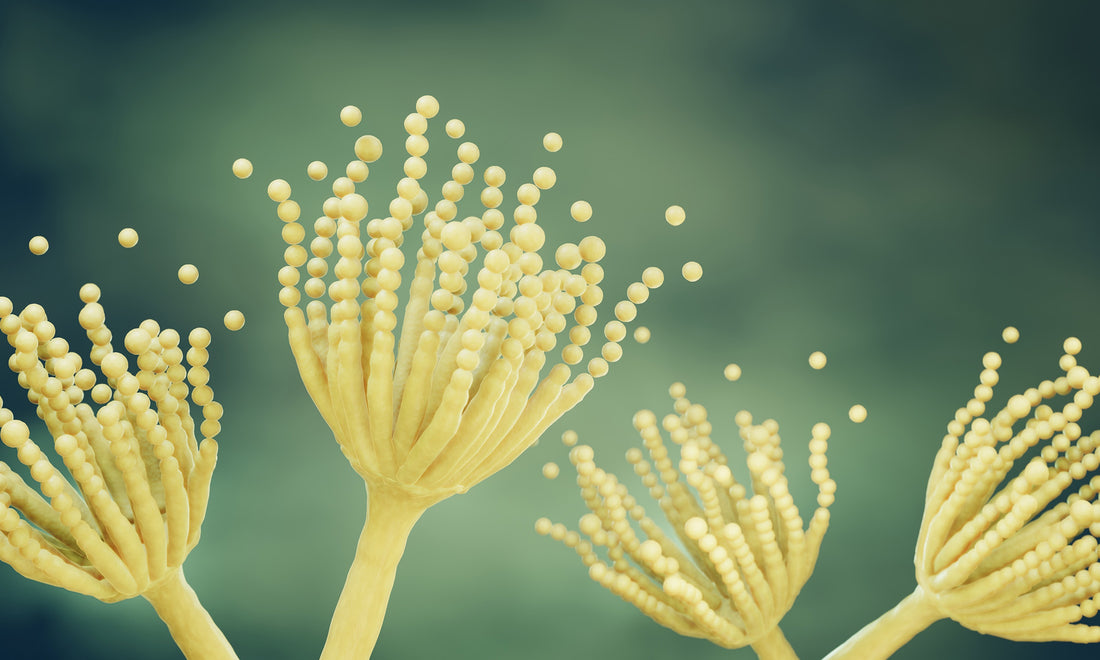
Unearthing the Hidden Treasure: How Antibiotics are Made from Fungi
Antibiotics, the miracle drugs of the 20th century, have transformed the landscape of modern medicine. These potent compounds have saved countless lives by effectively combating bacterial infections. But have you ever wondered where these life-saving drugs come from? One remarkable source of antibiotics is fungi. In this blog post, we will explore the fascinating world of antibiotic production from fungi, from the discovery of penicillin to the cutting-edge methods of modern fungal antibiotic production.
The Birth of Antibiotics: The Discovery of Penicillin
Our journey into the world of antibiotics begins with the accidental discovery of penicillin, one of the most famous and influential antibiotics, by Sir Alexander Fleming in 1928. Fleming, a Scottish biologist, observed that a strain of the mold Penicillium notatum produced a substance that killed a wide range of bacteria. This serendipitous discovery marked the beginning of a new era in medicine and opened the door to exploring fungi as a source of antibiotics.
Understanding the Fungal World
Fungi are a diverse group of organisms that includes yeasts, molds, and mushrooms. They are not plants, nor animals, but occupy a unique biological niche. Some fungi are opportunistic pathogens, while others have evolved the ability to produce compounds that inhibit the growth of bacteria, serving as a form of natural protection.
The Antibiotic Production Process
-
Fungal Isolation: The first step in fungal antibiotic production is the isolation of the specific fungal strain. Researchers search for naturally occurring fungi with antibiotic properties. Over time, hundreds of such strains have been identified.
-
Fermentation: Once the strain is isolated, it is cultured and fermented under controlled conditions. This process involves growing the fungus in a nutrient-rich medium, such as a mixture of sugars and other organic compounds. As the fungus grows, it produces antibiotic compounds.
-
Extraction: After fermentation, the next step is to extract the antibiotics. The fermented broth is processed to isolate the target antibiotic. Various extraction methods, such as filtration, centrifugation, and chemical separation, are used to obtain the antibiotic in its pure form.
-
Purification: The extracted antibiotic is often not pure enough for medical use. Therefore, it undergoes further purification steps to remove impurities and byproducts. This ensures that the final product is safe and effective for human use.
-
Formulation and Packaging: Once the antibiotic is purified, it is formulated into various pharmaceutical forms, such as pills, injections, or ointments. These formulations are then packaged and distributed to healthcare providers.
Notable Fungal-Derived Antibiotics
Several antibiotics that have revolutionized medicine originate from fungi:
-
Penicillin: The first antibiotic discovered, penicillin, was derived from the Penicillium mold. It has been instrumental in treating various bacterial infections.
-
Cephalosporins: These antibiotics, such as cephalexin, are derived from fungi in the Cephalosporium genus and are effective against a broad spectrum of bacteria.
-
Erythromycin: Isolated from Saccharopolyspora erythraea, erythromycin is used to treat respiratory and skin infections.
-
Tetracycline: Originally obtained from Streptomyces bacteria, tetracycline antibiotics are also produced by some fungal species, such as Streptomyces rimosus.
Modern Advancements in Fungal Antibiotic Production
The early days of fungal antibiotic production involved trial and error, but modern technology has transformed the process:
-
Genetic Engineering: Researchers now use genetic engineering to modify fungi, enhancing their antibiotic production capabilities. This technique allows for the creation of fungal strains that produce higher yields of antibiotics.
-
High-Throughput Screening: Advanced robotic systems and automation allow for the rapid screening of thousands of fungal strains to identify those with antibiotic-producing potential.
-
Bioreactors: State-of-the-art bioreactors provide optimal conditions for fungal fermentation. These controlled environments maximize antibiotic production.
-
Omics Approaches: Techniques such as genomics, transcriptomics, and metabolomics help scientists understand the molecular mechanisms underlying antibiotic production in fungi, allowing for further optimization.
Conclusion
The use of fungi in the production of antibiotics has not only shaped the field of medicine but also highlighted the importance of biodiversity in finding solutions to human health challenges. From the serendipitous discovery of penicillin to the modern world of genetic engineering and omics, fungi continue to be a valuable source of life-saving antibiotics. As we face ever-evolving bacterial threats, the search for new fungal-derived antibiotics remains a promising frontier in the fight against infectious diseases.
